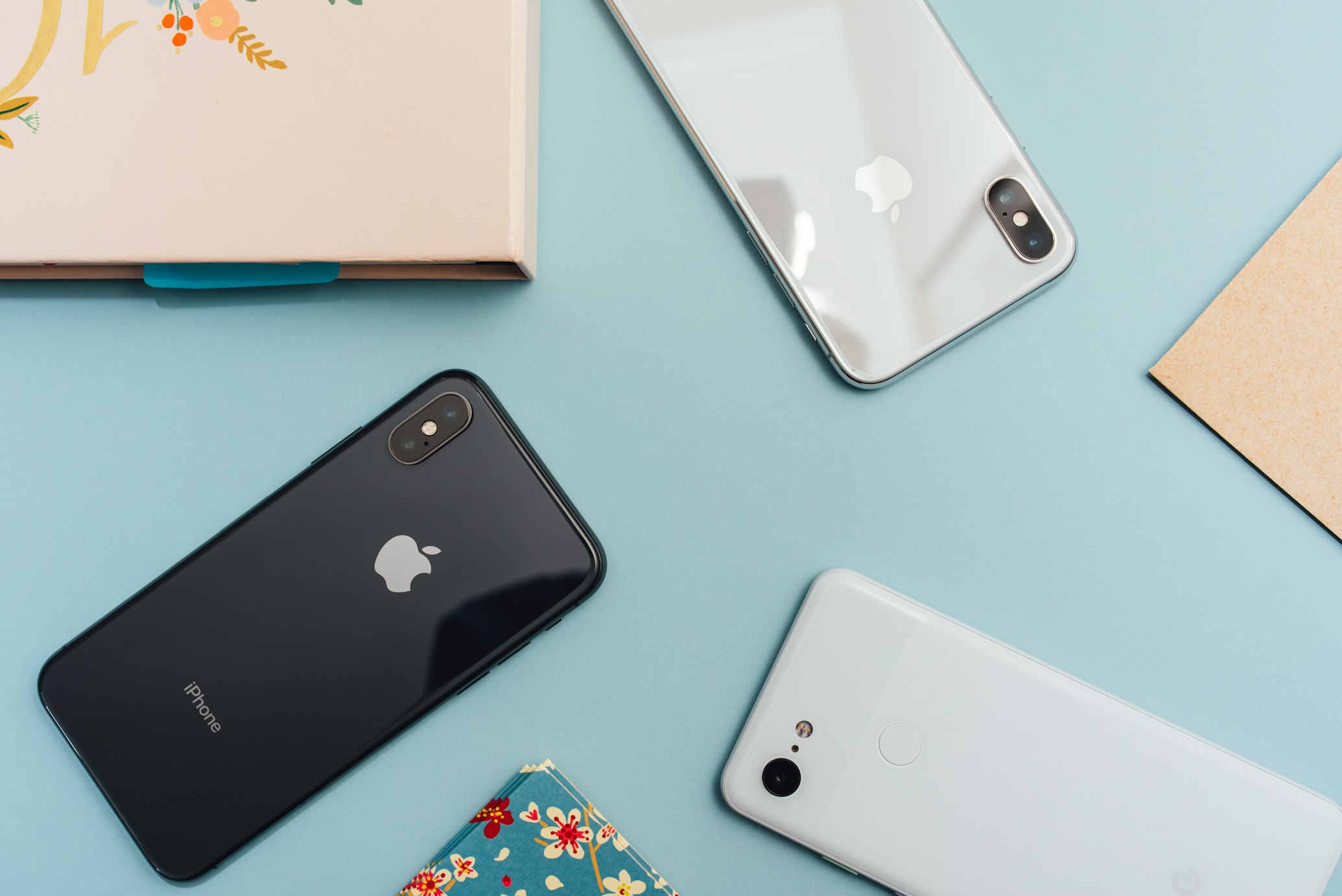Walk into any electronics store or browse an online phone retailer, and you'll be bombarded with specifications: 200MP cameras, 16GB RAM, 5000mAh batteries. It's easy to get lost in the numbers game. But here's the truth that phone manufacturers don't always highlight: the best phone isn't the one with the highest specs—it's the one that best fits your actual life. This guide cuts through the marketing noise to help you understand what phone features genuinely matter for your daily needs.

The Display: More Than Just Size
While screen size (measured diagonally in inches) gets most of the attention, the quality and technology behind the display make a bigger difference to your experience. A 6.1-inch screen can feel more premium than a 6.7-inch one if it uses superior technology.
- OLED vs. LCD: OLED displays offer deeper blacks, better contrast, and more vibrant colors because each pixel emits its own light. LCD screens are generally more affordable but can't match OLED's visual appeal.
- Refresh Rate: Measured in Hertz (Hz), this determines how many times the screen updates per second. Standard 60Hz feels adequate, but 90Hz or 120Hz provides noticeably smoother scrolling and animations. According to GSMArena, higher refresh rates are becoming standard even in mid-range devices.
- Brightness: Look for high peak brightness (800 nits or more) if you frequently use your phone outdoors. This spec often matters more than resolution for everyday usability.
Performance: Why More RAM Isn't Always Better
Phone manufacturers love to boast about massive RAM numbers, but there's a point of diminishing returns. For most users, 8GB of RAM is more than sufficient for smooth multitasking. Beyond that, you're paying for specs you likely won't utilize.
The processor (CPU) is the actual brain of your phone. Rather than focusing on core counts or clock speeds, look at real-world performance reviews. Websites like AnandTech provide in-depth analysis of how chipsets handle everyday tasks and gaming. A mid-range processor from the current generation often outperforms a flagship processor from three years ago, demonstrating how technology evolves.
The Camera System: Looking Beyond Megapixels
The megapixel race is one of the biggest marketing traps in the phone industry. While resolution matters for cropping and printing large photos, it's far from the most important factor in image quality.
- Sensor Size: A larger sensor captures more light, resulting in better low-light performance and dynamic range. This is why phones like Google Pixel often outperform competitors with higher megapixel counts.
- Image Processing: The software that processes your photos is equally important. Apple, Google, and Samsung invest heavily in computational photography that can turn decent hardware into exceptional cameras.
- Versatility: Consider what types of photos you take. An ultra-wide lens is great for landscapes and architecture, while a telephoto lens provides optical zoom for distant subjects. A dedicated macro lens can be useful for close-up shots.
Battery Life: Understanding Your Real Needs
Battery capacity measured in mAh (milliampere-hours) provides a rough estimate of endurance, but it doesn't tell the whole story. A phone with a 5000mAh battery and an inefficient processor might last shorter than a phone with a 4500mAh battery and an optimized chipset.
Consider your typical usage patterns:
- Light users (mostly messaging, occasional browsing) can comfortably get through a day with most modern phones
- Moderate users (streaming video, social media, photography) should look for all-day battery life with 4,000-5,000 mAh capacity
- Power users (gaming, extensive video recording, hotspot usage) need the largest batteries available and should consider phones specifically designed for gaming or extended use
Charging speed is another crucial factor. Fast charging (30W or higher) can replenish your battery quickly during short breaks, while wireless charging offers convenience for overnight charging or desk use.
Software and Long-Term Support
The hardware is only half the equation. Software determines how you interact with your phone and for how long it remains secure and up-to-date. This is an area where many manufacturers cut corners, but it significantly impacts your long-term satisfaction.
When evaluating software, consider:
- Update Policy: How many years of Android/iOS updates and security patches does the manufacturer promise? Companies like Samsung now offer up to four years of major Android updates, rivaling Apple's legendary support.
- User Interface: Stock Android provides a clean experience, while manufacturer skins like Samsung's One UI or Xiaomi's MIUI offer additional features. Try them in stores to see which you prefer.
- Bloatware: Some manufacturers pre-install numerous apps that can't be uninstalled, taking up storage space and potentially affecting performance.
The Ecosystem Consideration
Your phone doesn't exist in isolation. If you already own other tech products, consider how well a new phone will integrate with them. Apple's ecosystem is famously seamless between iPhone, Mac, iPad, and Apple Watch. Similarly, Samsung has built strong integration between its phones, tablets, and wearables.
For Android users, Google's ecosystem works well across different manufacturers, but you might miss some proprietary features. Think about your current headphones, smartwatch, laptop, and smart home devices—will your new phone play nicely with them?

Conclusion: Finding Your Perfect Match
Choosing your next phone shouldn't be about chasing the highest numbers on a spec sheet. Instead, focus on how you actually use your device and what will genuinely improve your daily experience. A photography enthusiast should prioritize camera sensor quality over RAM capacity. A commuter might value battery life and display brightness over gaming performance.
The best approach is to identify your top three use cases and budget, then research phones that excel in those specific areas. Read hands-on reviews from trusted sources, and if possible, visit a store to hold the phone and test the interface. Remember that the most expensive phone isn't necessarily the best one for you—the right phone is the one that disappears into your life, reliably helping you with what matters most.
No comments:
Post a Comment